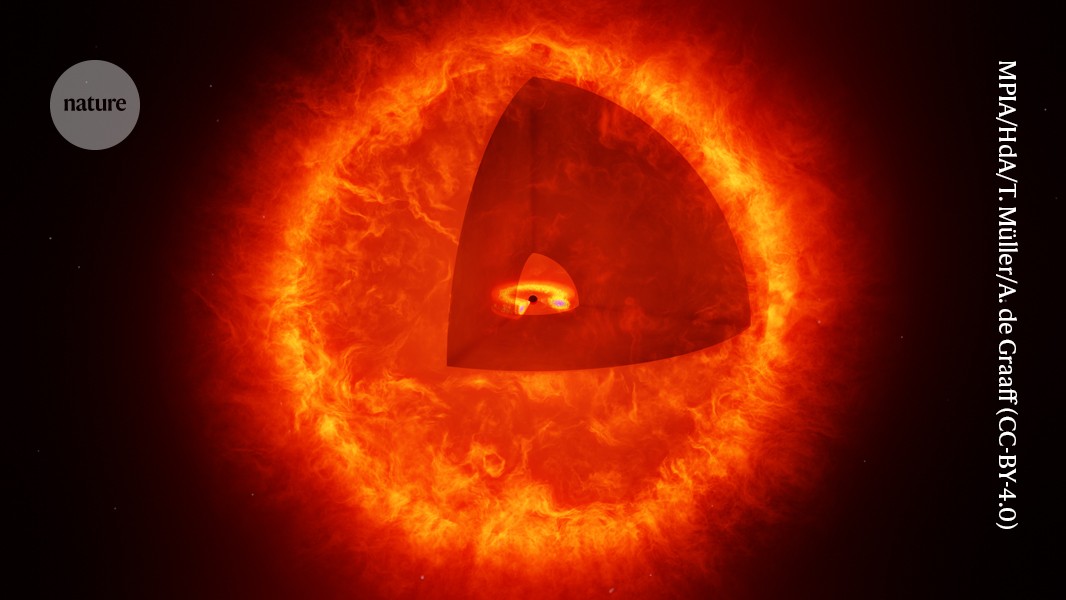As water levels in the Great Salt Lake continue to drop, a hidden and fascinating geological discovery has surfaced, bringing new scientific interest to an already fragile ecosystem. At the heart of this exploration is the discovery of mysterious “oases” dotting the exposed lakebed, revealing significant insights into the underground systems that supply the lake with fresh water. These reed-covered mounds, first observed along the southeastern edge of the lake, were initially puzzling to researchers, but recent studies led by University of Utah geologists are beginning to uncover their secrets. At the Geochemical Society’s 2025 Goldschmidt Conference, new findings on these groundwater systems were presented, further advancing our understanding of these hidden freshwater sources.
The Formation of Groundwater Oases
These circular, reed-covered mounds—known as “phragmites islands”—are not mere land formations; they are clues to the ongoing interplay between the lake’s groundwater and surface water systems. Bill Johnson, a professor in the Department of Geology & Geophysics at the University of Utah, believes that these mounds form where pressurized groundwater from beneath the lakebed makes its way to the surface. As the lake recedes, this previously hidden process is becoming more visible, offering a unique opportunity to study the subsurface dynamics of the Great Salt Lake.
“Water in the lake has spent a significant time underground on its way to the lake. But where that happened, we don’t know,” Johnson explained during a visit to one such site, known as Round Spot 9. His team is using a network of piezometers and airborne electromagnetic surveys to study the water’s origins and movement. These geophysical tools help map the hidden groundwater beneath the lakebed, revealing not just the location of these oases, but the underground network that feeds them. As they continue their investigation, the researchers hope to answer crucial questions about where this groundwater comes from and how it affects the surrounding environment.


Cutting-Edge Technology to Map Subsurface Groundwater
In February 2025, Johnson collaborated with Canadian company Expert Geophysics to conduct airborne electromagnetic surveys over Farmington Bay, a key area of interest. This technique uses a large circular sensor suspended from a helicopter to send an electrical current through the earth, producing a frequency that penetrates the ground. “It’ll give you a spectrum, basically, of magnetic fields, and we’ll use that data to create a 3D image of what’s under the earth,” explained Jeff Sanderson, crew leader at Expert Geophysics. This detailed mapping allows the team to gain a deeper understanding of the complex groundwater systems feeding the lake.
Environmental Considerations for the Hidden Water Resource
While the discoveries are intriguing, they also raise important environmental concerns. The groundwater feeding the lake is under significant pressure, and it’s clear that this resource could play a role in mitigating the dust storms caused by the exposed lakebed. However, Johnson is cautious about overhyping this resource as a solution. “It looks like it’s from a water resource that could be useful in the future, but we need to understand it and not overexploit it to the detriment of the wetlands,” he said. The team is committed to carefully studying the resource and its potential impacts on both the lake and the surrounding ecosystem.
Source link


